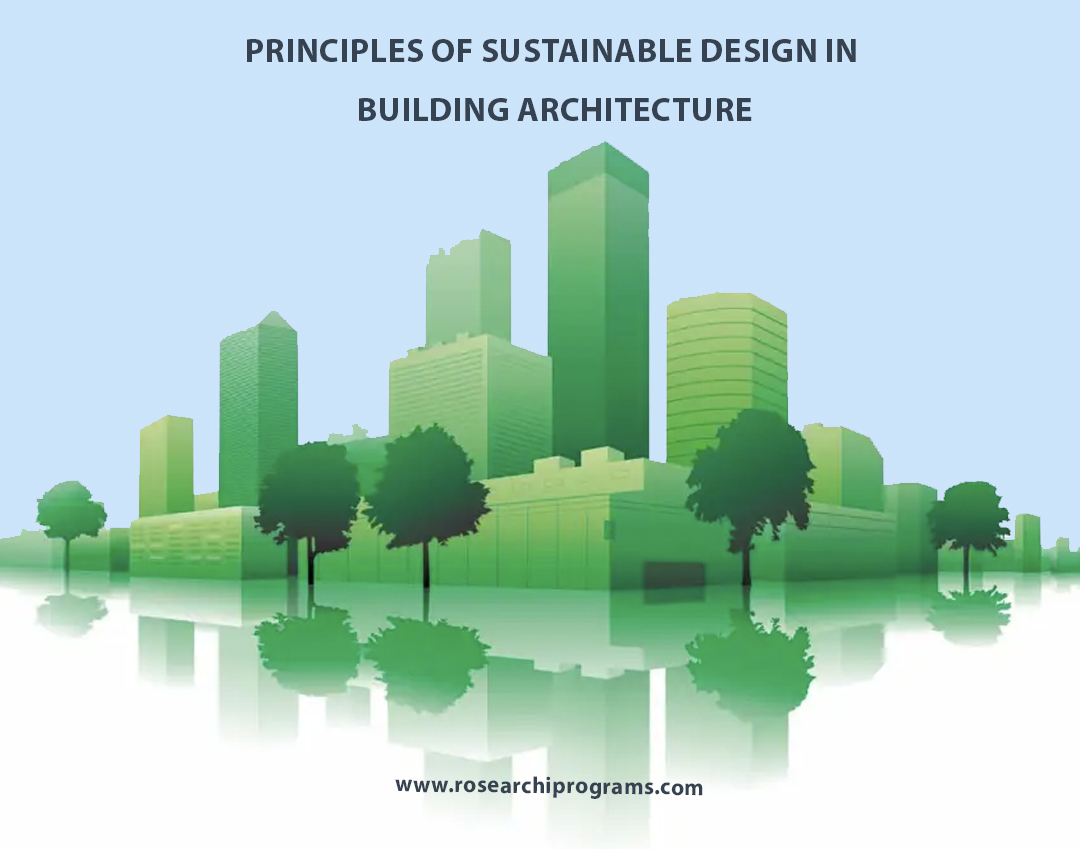Principles of Sustainable Design in Building Architecture
Principles of Sustainable Design in Building Architecture
In today’s rapidly evolving architectural landscape, sustainable design has emerged as a cornerstone of modern building practices. This article delves into the essential principles of sustainable design in building architecture, offering insights into how these practices are shaping the future.

What is Sustainable Design in Architecture?
Sustainable design prioritizes environmental responsibility, resource efficiency, and the well-being of building occupants. By minimizing environmental impact and optimizing energy use, architects can create structures that align with both ecological and human needs.
Key Principles of Sustainable Building Design
- Energy Efficiency
Designing buildings to use less energy is vital. Features like solar panels, energy-efficient HVAC systems, and optimized insulation play a significant role in reducing carbon footprints. - Resource Management
Utilizing renewable and recycled materials helps conserve natural resources. Sustainable architecture promotes the use of locally sourced materials to reduce transportation-related emissions. 
- *Water Conservation
Integrating water-saving systems, such as rainwater harvesting and low-flow fixtures, is a critical component of sustainable design. - *Indoor Environmental Quality
Ensuring optimal air quality, natural lighting, and thermal comfort creates healthier living and working spaces for occupants. - Adaptability and Longevity
Buildings designed for flexibility and durability require fewer resources over their lifespan, reducing waste and the need for frequent renovations.
Benefits of Sustainable Design
- Reduced Environmental Impact: Sustainable buildings significantly lower greenhouse gas emissions.
- Economic Savings: Energy-efficient designs lead to reduced operational costs over time.
- Enhanced Well-being: Occupants of sustainable buildings report better overall satisfaction and health.
Sustainable Design in Action
Canada boasts numerous examples of sustainable architecture, such as the Earth Rangers Centre in Ontario and the University of British Columbia’s Centre for Interactive Research on Sustainability. These buildings showcase how eco-friendly principles can coexist with cutting-edge design.
Conclusion
Adopting the principles of sustainable design in building architecture is essential for creating a greener, more resilient future. By prioritizing energy efficiency, resource conservation, and occupant well-being, architects and builders can ensure that their projects are both innovative and environmentally responsible.
Whether you’re a student, professional, or enthusiast, understanding these principles is crucial for staying ahead in the evolving field of architecture.




